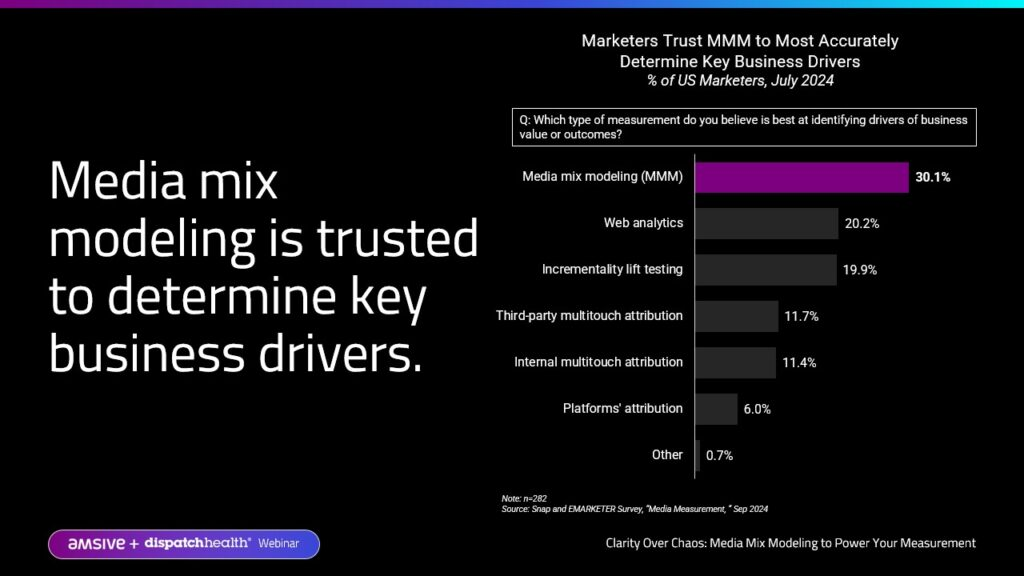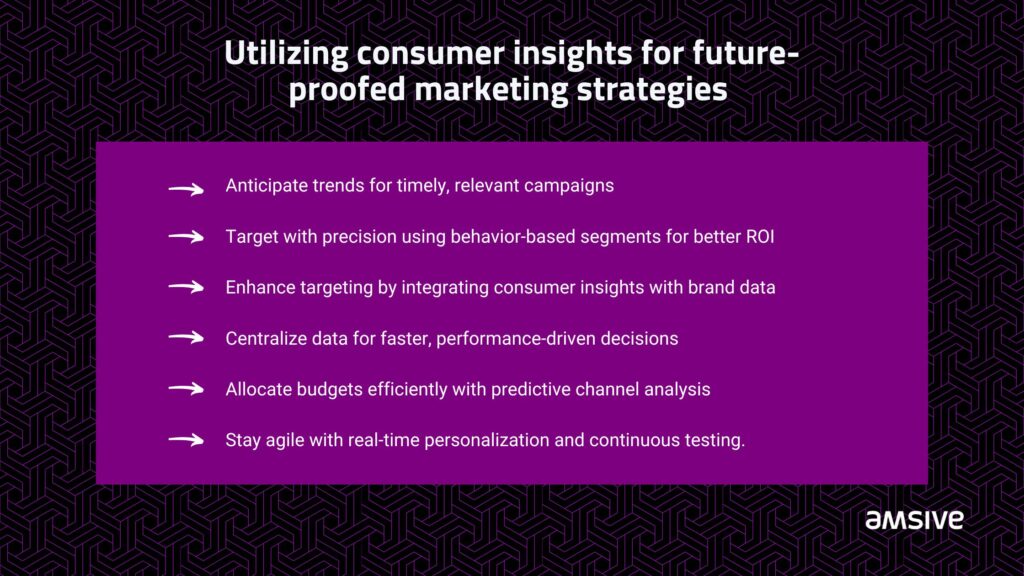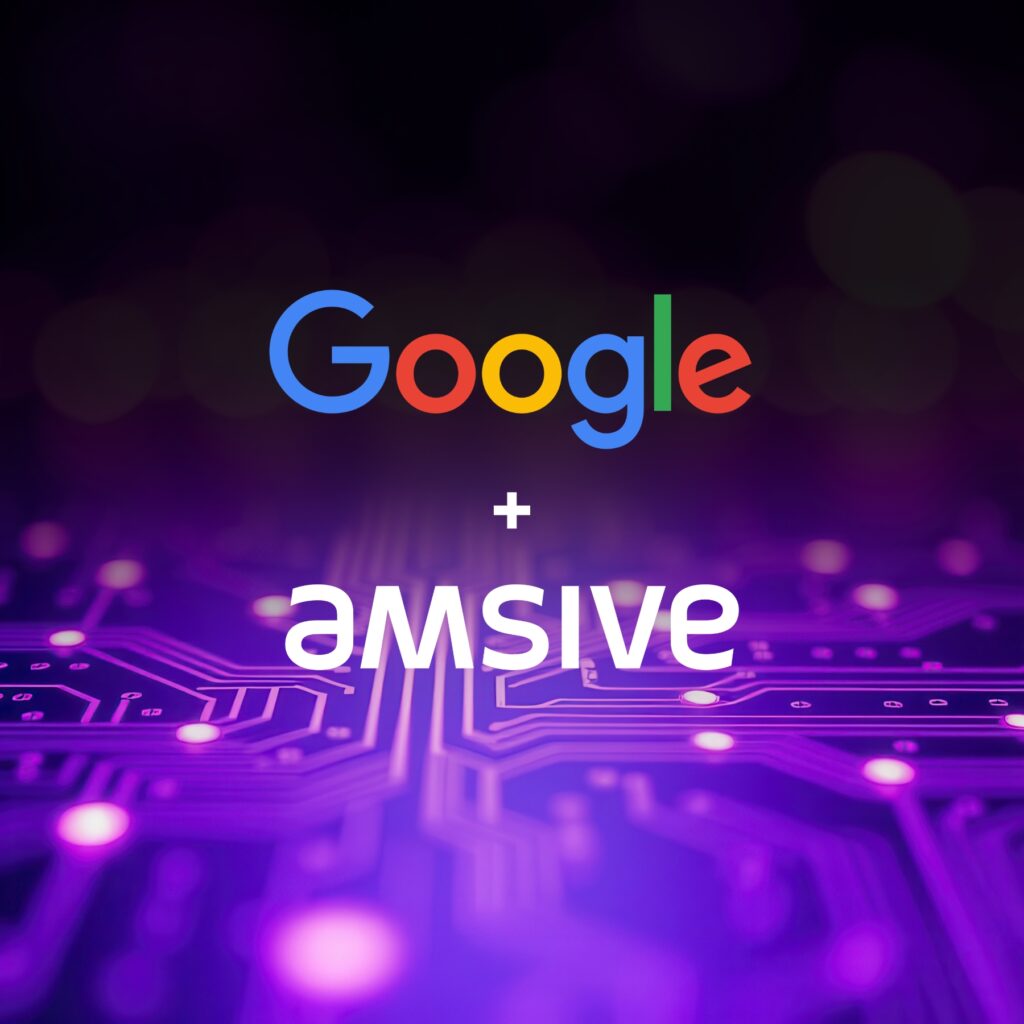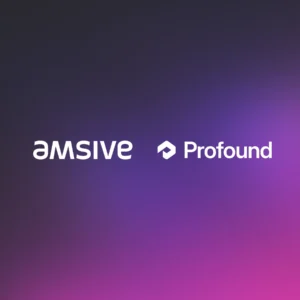As marketers, we know the landscape is constantly evolving, and tactics that worked yesterday won’t be relevant tomorrow. To stay competitive, it’s crucial to move beyond looking at past consumer behavior for answers, and to instead start anticipating what they’ll do next.
Leveraging advanced data intelligence and predictive analytics empowers businesses to shift from reactive strategies to proactive ones, allowing them to stay ahead of market shifts. Understanding and predicting consumer behavior has never been more critical as consumer preferences and purchasing patterns evolve at lightning speed.
We’ll dive into strategies for forward-thinking audience segmentation, building the ideal tech stack, and more—all aimed at ensuring you’re not just keeping up, but leading the way.
Jump To:
Shift from being reactive to being proactive
As consumer preferences evolve rapidly, predictive analytics offer a window into the future. By shifting from a reactive to a proactive strategy, companies can stay ahead of market shifts, ensuring they never fall behind. The real value lies in using that data to anticipate shifts in the market and strategize for what audiences will want. 75% of consumers now expect brand interactions that speak to their personal context and needs.
Brand-building is currently ranked as the most important strategy for marketers on a global scale. Data-led campaigns need to be built not just to convert, but to create both brand awareness and familiarity. Brands that adopt audience-led strategies gain a more consistent view of their consumers’ journeys.
Audience-led strategies allow for a more comprehensive understanding of the consumer journey across multiple touchpoints—be it social media, mobile apps, or CTV, to name a few. By unifying these interactions, marketers can reduce their guesswork and fine-tune strategies that speak directly to the audience’s needs at every stage.
Enhancing intelligence with Google data
Even in an age where AI-first search platforms are emerging, Google remains a dominant force in search, as well as the broader digital advertising ecosystem. The insights provided by Google—spanning search patterns, video consumption, and platform-specific engagement—can enrich your understanding of broader market shifts and consumer behaviors.
When consumers are making a purchasing decision, they rarely conduct their research in just one place. Tracking consumer journeys across platforms, from TikTok to YouTube and beyond, allows you to map out the most effective touchpoints and optimize your messaging for each stage of the consumer’s path.
By integrating Google’s data with your own consumer datasets, you can personalize campaigns in real time, ensuring they’re as relevant as possible for your target audience.
Rigorous privacy: The foundation of trust
81% of American adults report concerns that the risks of data collection overshadow the benefits. To assuage these concerns, marketers need to establish clear protocols for privacy and compliance to safeguard consumer information. That includes adhering to regulations such as GDPR, CCPA, HIPAA, anonymizing data as needed, and employing strong security measures.
Businesses can effectively gain insights into audience behaviors through privacy-focused methods. Being transparent and ethical about how data is handled builds genuine trust and paves the way for stronger consumer connections.
Predictive audience analytics across the journey
60% of marketers are feeling an increased pressure to prove positive business impact, and 87% believe that better tools would help them demonstrate efficiencies.
Even the most cohesive infrastructure and data strategy won’t be used to its full potential without predictive analytics. Shifting data frameworks to data-led intelligence allows marketers to allocate budgets effectively and meet consumers at pivotal moments in the buying journey.
Using Media Mix Modeling for smarter allocation
Media mix modeling (MMM) is a powerful approach that evaluates how each part of a marketing budget influences business outcomes, such as conversions or brand uplift. While this modeling was once considered complex and costly, today’s MMMs are smarter, faster, and easier to deploy. The model incorporates data from multiple channels to provide a big-picture view. With that overview, brands can make informed decisions and optimize marketing investment.
When paired with advanced audience insights, MMMs can help marketers identify the the marketing investment, tactics, and flighting that will drive the highest return. Actionable steps to take for smarter budget allocations include:
- Implementing Media Mix Modeling to evaluate the impact of different marketing channels on business outcomes.
- Integrating advanced audience insights to identify which channels resonate with specific audience segments.
- Analyzing data to determine the most effective multichannel mix for optimal results.
- Continuously adapting budget allocations based on ongoing analysis to improve marketing performance over time.
Blending MMMs with performance marketing
Predictive analytics can also clarify the factors behind performance metrics like cost per acquisition (CPA) or lifetime value (LTV). By forecasting which consumers will convert and when they might convert, marketers can concentrate on the tactics that accelerate conversions for the right people, on the right channel, and at the right moment.

Applying predictive insights can sharpen retargeting efforts, aid in adapting creative elements based on real-time audience signals, and help to test new channels with reduced risk.
Future-proofing for change with audience insights
The only constant in marketing is change—consumer preferences evolve, technology advances and macroeconomic factors shift unpredictably. This constantly shifting environment calls for strategies that are resilient, agile and open to iteration.
Quick, constant, and iterative testing
Marketers should always be testing new channels, creative formats or targeting criteria—even if it’s with small budgets or limited-scale campaigns.
For example, audio advertising remains under-monetized compared to its share of consumer media time. Listeners spend an average of 2:42 daily on audio, accounting for 21.4% of media consumption. Yet, audio advertising captures just 4.5% of total ad spend, revealing a significant gap in attention from advertisers.
Alternately, consumers are increasingly using social commerce and social search for product discovery, but ultimately make their purchases on retailer websites. By creating rapid feedback loops, teams can pivot quickly to address shifts in audience behavior, competitor tactics, or publisher algorithm updates.
Feedback loops and AI’s growing influence
Feedback loops play a crucial role in AI-driven marketing, enabling brands to use genAI for personalized content, real-time sentiment analysis, and precise audience targeting. Utilizing genAI across this marketing segment can look like:
- Using genAI for personalized content and sentiment analysis
- Integrating AI with audience data from publishers and social media
- Analyzing performance to drive ongoing campaign optimization
Consumer insights drive future-proofed marketing strategies
While no marketing team has a crystal ball, predictive analytics can provide a guided look at what’s potentially on the horizon. When data is gathered and analyzed thoroughly and used alongside strong privacy measures, brands can stay aligned with consumers’ expectations for relevant, personalized experiences.

By consistently refining your marketing strategies with accurate audience insights, brands create a cycle of learning, personalization and continuous improvement.
Marketing is evolving at breakneck speed, and 2025 is set to redefine the game. Explore the five biggest digital marketing transformations for 2025 in our latest webinar, or let’s talk about how Amsive can help you future-proof your marketing strategy.






